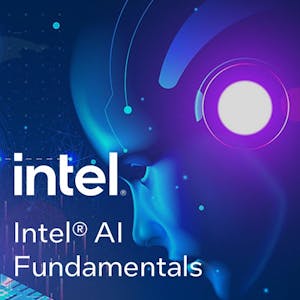I/O-efficient algorithms

$49
ENROLL NOWCourse Overview
I/O-efficient algorithms, also known as external memory algorithms or cache-oblivious algorithms, are a class of algorithms designed to efficiently process data that is too large to fit entirely in the main memory (RAM) of a computer. These algorithms are particularly useful when dealing with massive datasets, such as those found in large-scale data processing, database management, and file systems. Operations on data become more expensive when the data item is located higher in the memory hierarchy. An operation on data in CPU registers is roughly a million times faster than an operation on a data item that is located in external memory that needs to be fetched first. These data fetches are also called I/O operations and need to be taken into account during the design of an algorithm. The goal of this course is to become familiar with important algorithmic concepts and techniques needed to effectively deal with such problems. We will work with a simplified memory hierarchy, but the notions extend naturally to more realistic models. Prerequisites: In order to successfully take this course, you should already have a basic knowledge of algorithms and mathematics. Here's a short list of what you are supposed to know: - O-notation, Ω-notation, Θ-notation; how to analyze algorithms - Basic calculus: manipulating summations, solving recurrences, working with logarithms, etc. - Basic probability theory: events, probability distributions, random variables, expected values etc. - Basic data structures: linked lists, stacks, queues, heaps - (Balanced) binary search trees - Basic sorting algorithms, for example MergeSort, InsertionSort, QuickSort - Graph terminology, representations of graphs (adjacency lists and adjacency matrix), basic graph algorithms (BFS, DFS, topological sort, shortest paths) The material for this course is based on the course notes that can be found under the resources tab. We will not cover everything from the course notes. The course notes are there both for students who did not fully understand the lectures as well as for students who would like to dive deeper into the topics. The video lectures contain a few very minor mistakes. A list of these mistakes can be found under resources. If you think you found an error, report a problem by clicking the square flag at the bottom of the lecture or quiz where you found the error.
Course FAQs
What are the prerequisites for 'I/O-efficient algorithms'?
Prerequisites for this continuing education class are set by EIT Digital. Most professional development online classes benefit from some prior knowledge. Please check the provider's page for specific requirements.
Will I receive a certificate for this CE class?
Yes, upon successful completion, EIT Digital typically offers a shareable certificate to showcase your new skills and fulfill your continuing education requirements.
How long does this online course take to complete?
Completion times for online continuing education courses vary. The provider's website will have the most accurate estimate of the time commitment needed.





